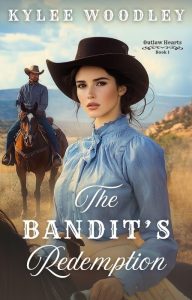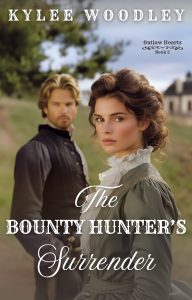By KyLee Woodley
As writers, we have an innate need to put to paper what resides within us—our thoughts, emotions, and very essence spilling onto the page. Just as water quenches a thirsty man, writing sustains the author. So, as creators, how can we produce writing that is both pleasing to God and meaningful to our readers? Write in a way that speaks to the hearts of many.
Madeleine L’Engle, in Walking on Water, beautifully expressed this idea:
“If my stories are incomprehensible to Jews or Muslims or Taoists, then I have failed as a Christian writer. We do not draw people to Christ by loudly discrediting what they believe, by telling them how wrong they are and how right we are, but by showing them a light that is so lovely that they want with all their heart to know the source of it.”
Is your story shining the light of love to those inside and outside the Christian community? I hope mine is, but, unfortunately, we don’t always know how to do this. Below are what I call The Three C’s for writing authentically and appealing to a wide audience.
The Three C’s:
- Clarity
- Write clearly. The key to superb writing is using imagery to help your readers see your scenes. Every action and thought should be laced with images that jumpstart your reader’s imagination. A famous example of imagery—show, don’t tell—is found in Anton Chekhov’s quote:
“Don’t tell me the moon is shining; show me the glint of light on broken glass.”
- Summarize when needed. Within a scene or story are images, and between these images, you often find a linking literary tool known as summaries. They work as a bridge, taking us from one place in a story to another. A summary is a technique used to move through time quickly or to give background information effectively instead of painting a detailed scene. It lets you cover a lot of time deftly and vividly while still saving word space in your manuscript and showing the passage of time.
- Creativity
- Do not settle for clichés. Use beautiful expressions. Surprise your readers. Make ordinary events special, magical, and unique by applying similes and metaphors that are thought-provoking and appropriate for the scene.
- Courtesy
- Write with warmth and engagement. Regardless of genre, engage the reader on their level, within their comfort zone, and in alignment with genre-specific tropes, motifs, and archetypes.
Finally, remember that you are the secret ingredient in your writing. Write what you know, but also what you deeply care about. Let your themes evolve naturally. Strive to make the familiar unfamiliar and the unfamiliar familiar.
Remember, preaching is not the purpose of art. Embrace the power of indirect communication. #PointDon’tPreach
About The Author
KyLee Woodley is a cheery romantic who loves to write about bygone days and heartwarming romance with a pinch of adventure. KyLee cohosts and produces the Historical Bookworm Show, a steadily growing author interview podcast for history lovers and readers of historical fiction. Kyle will teach two workshops, “The Science Behind a Broken Heart: How to Make the Third-Act Breakup Viscerally Authentic” and “Princess Short Story Challenge: How to Write a Short Story Romance That Will Knock Glass Slippers Off,” at the upcoming Cascade Christian Writers Summer Conference. Visit our conference page for registration details.










